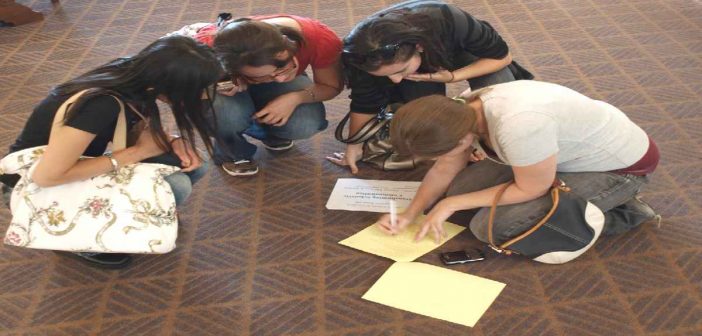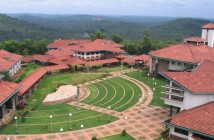Placement figures may play a major role in the MBA aspirant’s decision to seek admission in a particular Business school. But that ought not be the only reason for joining the program.
Several other factors like quality of faculty and academics, innovative learning opportunities, frequent industry interface and chances to get involved in leadership activities deserve a closer look to arrive at an informed and carefully considered decision.
Some Business Schools take their own time in uploading the Final Placement reports which in some cases may extend to a delay of even six to seven months. There have also been attempts at fudging the data.
Thus, it would be worthwhile to start off by checking the ranking of the school. The mandatory disclosure document should be read carefully to ascertain if the B-school has AICTE (All India Council for Technical Education) approval not only for the current admission session, but also for the particular program you intend to join. Any sort of confusion should be clarified with the school as well as the AICTE.
Several other factors like quality of faculty and academics, innovative learning opportunities, frequent industry interface and chances to get involved in leadership activities deserve a closer look to arrive at an informed and carefully considered decision.
The next point of reference is the alumni who would be able to provide a fair idea about the quality of teaching, infrastructure facilities and other essentials.
Regarding the faculty, B-school websites do provide some details. Apart from the Institute’s own faculty members, you would find that in some cases, the core, adjunct, guest and visiting faculty get clubbed together giving an impression of a good teacher-student ratio.
Here again, the mandatory disclosure section would provide the exact number of permanent faculty members. As such, the higher the strength of permanent faculty, the better will be the learning environment. An optimum faculty-student ratio of 1:8 or 1:10 is considered to be good.
Another important factor to be considered is the frequency of industry interaction by way of guest lectures by top industrial leaders and experts, case studies, market/industry visits and other such activities.
Some of the schools also have tie-ups with top institutes or Business Houses for holding business challenge competitions that test the caliber of the students in a real-world environment. Such activities also help develop leadership qualities, strategic thinking abilities and team spirit.
Infrastructure is another aspect which includes facilities like well equipped library with sufficient number of books and digital aids, hostels and sports facilities. (Image Courtesy : en.wikipedia.org)




